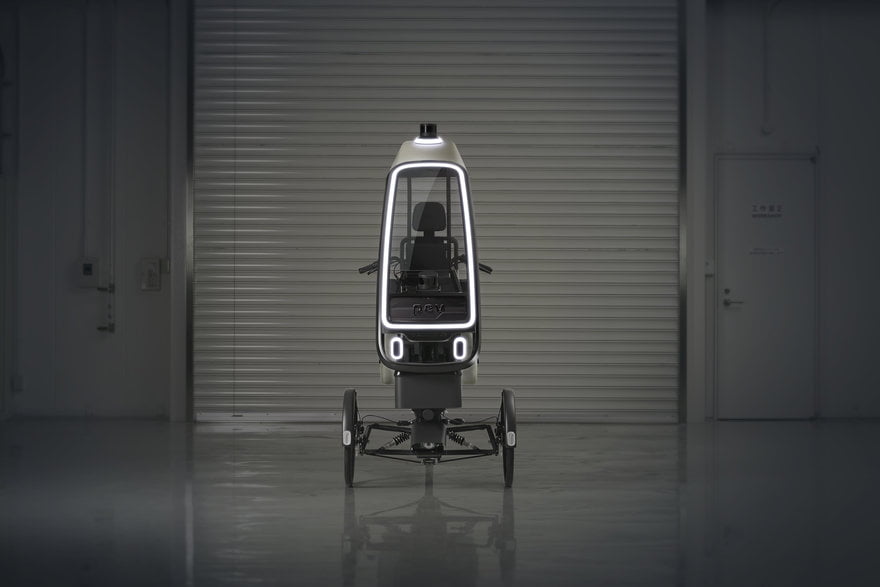One of the technologies that has gained ground and relevance after the pandemic is that of autonomous vehicles. Despite the reduction in long-distance travel, there is always a need to travel short distances, for work or errands. Autonomous mobility offers many solutions, as long as the needs that the planet expresses at the moment are satisfied.
Among the needs there is obviously that of reducing the risk of infection for taxi drivers or those who work in delivery. An innovation like DENSO's PEV could bridge the gap between electric vehicles and autonomous vehicles for the last mile in the future of transportation.
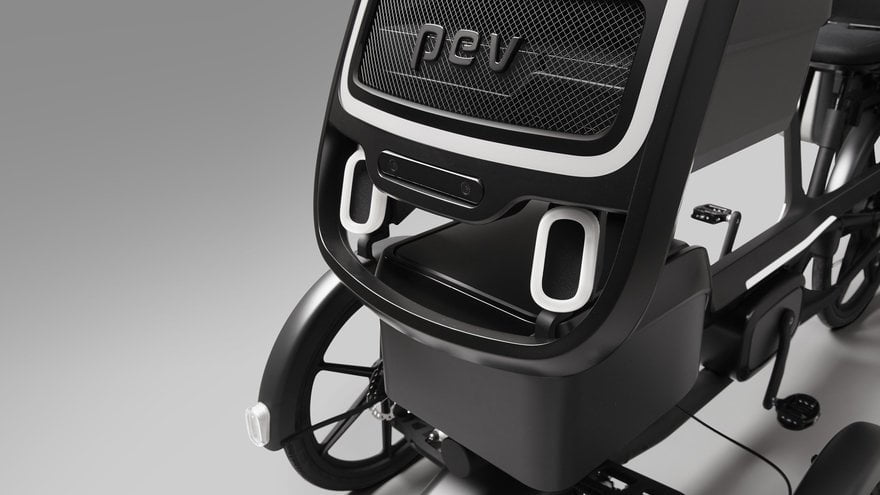
What is PEV?
DENSO's PEV (Persuasive Electric Vehicle) is a tricycle-based, last-mile mobility concept. It is currently in the testing phase, but already shows itself to be very promising and versatile.
Combining the agility of a bicycle and the comfort of an electric vehicle, the PEV will be useful for various transport services, from pedal-powered to autonomous and fully motorized.
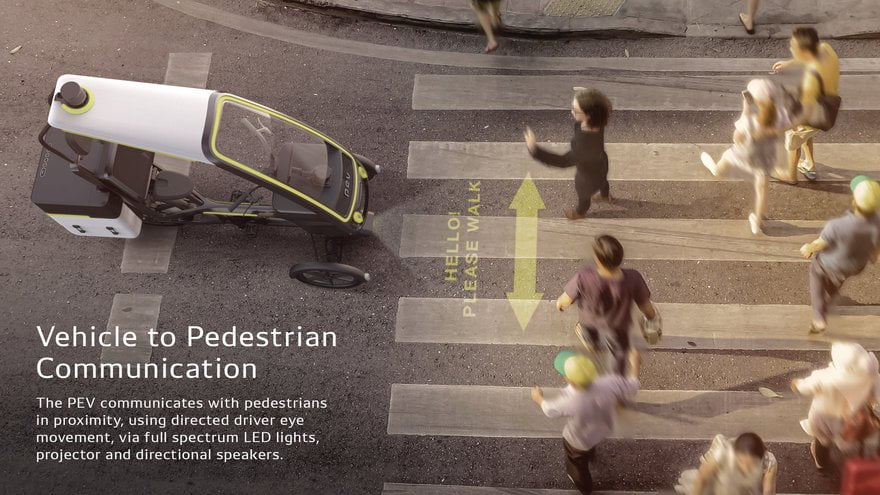

ENP: possible uses
There are numerous uses where last mile mobility is needed. DENSO's first idea for PEV is to provide autonomous delivery services, with the integration of food cold storage. The PEV business model would allow companies to purchase their own fleets to use as they wish.
With spacious seating and cabin climate control, another use of the PEV can be the passenger transport for short journeys and elderly and disabled customers. Among the vehicle's impressive features are the ability to recognize the driver through a facial recognition monitor and a ride-sharing platform that allows people to hail a PEV to their location using a smartphone app.


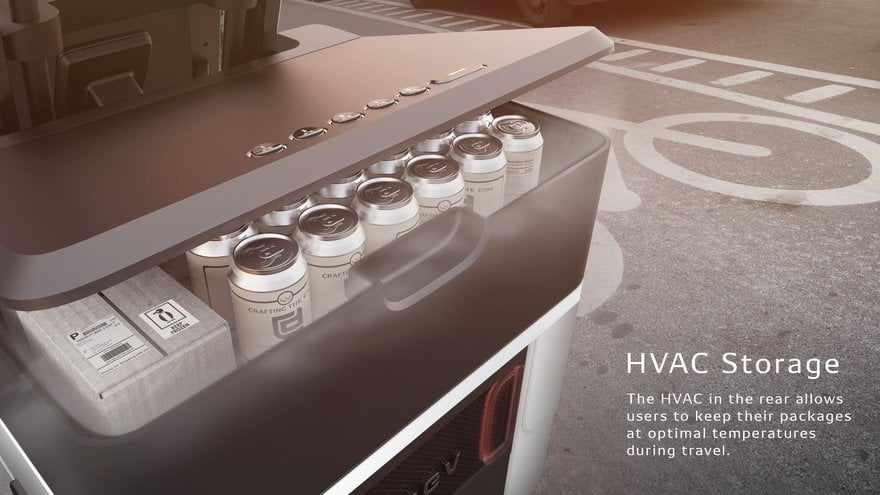
Autonomous vehicles are proving to be a truly promising solution for the future of transport. Not only for their ability to reduce the risk of exposure during a global pandemic, but also for their safety features for both occupants and pedestrians.
“The PEV uses a friendly vehicle-pedestrian interface designed to build trust,” says DENSO. Advanced autonomous technology can also improve safety on the road. It is almost useless to comment on the green factor: the 100% electric vehicle contains environmental damage.
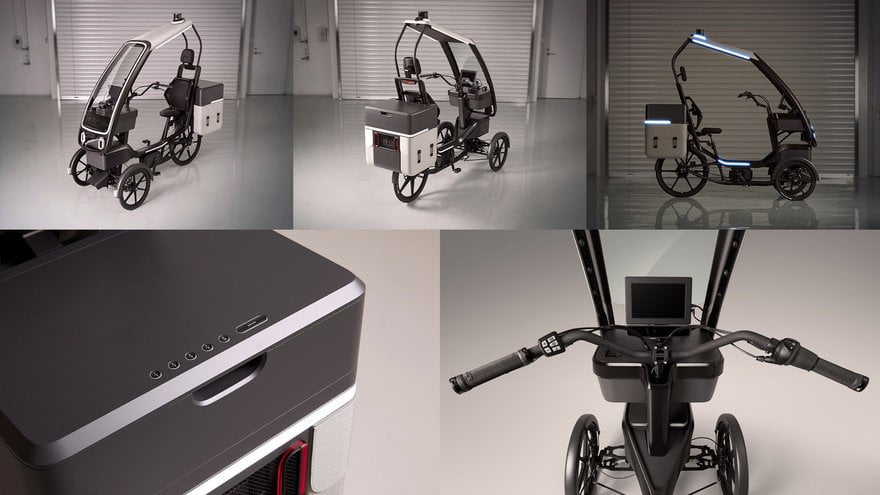
Vehicles like the ENP are a truly convincing proof of concept.
They show us (and urge us to get) the benefits of some radical changes in the way we see the future of transportation.
[: En]
One of the technologies that has gained ground and relevance after the pandemic is that of autonomous vehicles. Despite the reduction in long-distance travel, there is always a need to travel short distances, for work or errands.
Among the needs there is obviously that of reducing the risk of infection for taxi drivers or those who work in delivery. An innovation like DENSO's PEV could bridge the gap between electric vehicles and autonomous vehicles for the last mile in the future of transportation.

What is PEV?
The PEV (Persuasive Electric Vehicle) is a last-mile and tricycle-based mobility concept. It is currently in the testing phase, but already shows itself to be very promising and versatile.
Combining the agility of a bicycle and the comfort of an electric vehicle, the PEV will be useful for various transport services, from pedal-powered to autonomous and fully motorized.


ENP: possible uses
There are numerous uses where last mile mobility is needed. DENSO's first idea for PEV is to provide autonomous delivery services, with the integration of food cold storage. The PEV business model would allow companies to purchase their own fleets to use as they wish.
With spacious seating and cabin climate control, another use of the PEV can be the passenger transport for short journeys and elderly and disabled customers. Among the vehicle's impressive features are the ability to recognize the driver through a facial recognition monitor and a ride-sharing platform that allows people to hail a PEV to their location using a smartphone app.



Autonomous vehicles are proving to be a truly promising solution for the future of transport. Not only for their ability to reduce the risk of exposure during a global pandemic, but also for their safety features for both occupants and pedestrians.
“The PEV uses a friendly vehicle-pedestrian interface designed to build trust,” says DENSO. Advanced autonomous technology can also improve safety on the road. It is almost useless to comment on the green factor: the 100% electric vehicle contains environmental damage.

Vehicles like the ENP are a truly convincing proof of concept.
They show us (and urge us to get) the benefits of some radical changes in the way we see the future of transportation.
[:]
